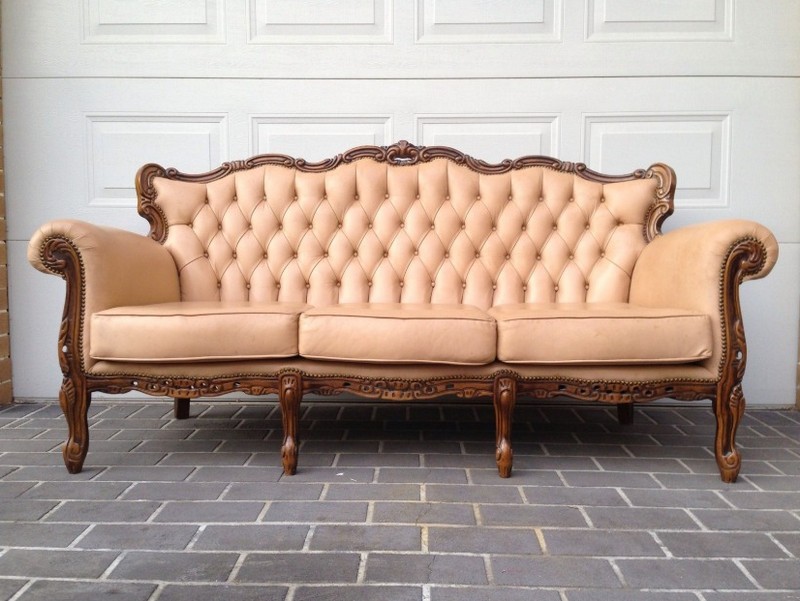Whether you purchase a french sofa online or in an outlet, it is important to know what you need and look for in the first place. Sofas are basically a big purchase and you need to purchase wisely because you will be investing in this furniture piece for years. If you are planning to buy a sofa anytime soon, you need to read this article thoroughly.
#1 Check the frame
It is important to choose a sturdy frame no matter if you purchase a French sofa or other types of sofas from the store. Hardwood frame especially that involves kiln-dried processes would provide great durability. Oak, beech, or ash with the kiln-dried process would be the most expensive options but it could be a good investment after all.
Of course, you can opt for a more affordable option like a pine wood frame. However, if you are looking for a sofa with good durability then hardwood is recommended. Other than that, you need to avoid plastic, metal, or particleboard frame considering they are worn out easily and uncomfortable in general.
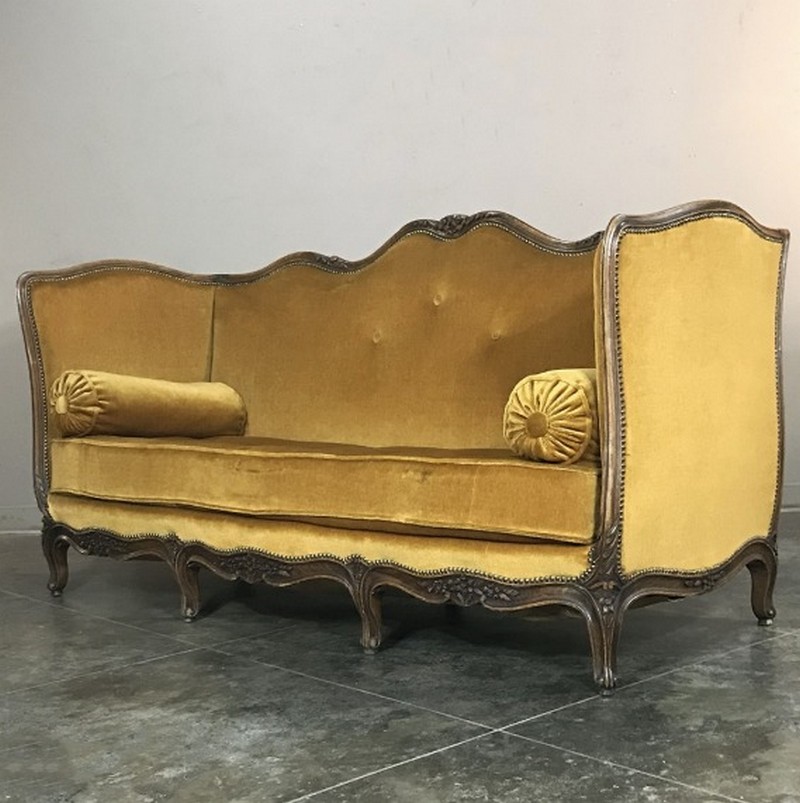
#2 Check the joinery
The joints are important details. If you are looking for quality joins, you need to check if they are wooden corner blocks glued, screwed, and dowelled. Some joins are only stapled, glued, or nailed. It should not be the main feature of construction for sure. Besides, it will make your sofa easily get worn out.
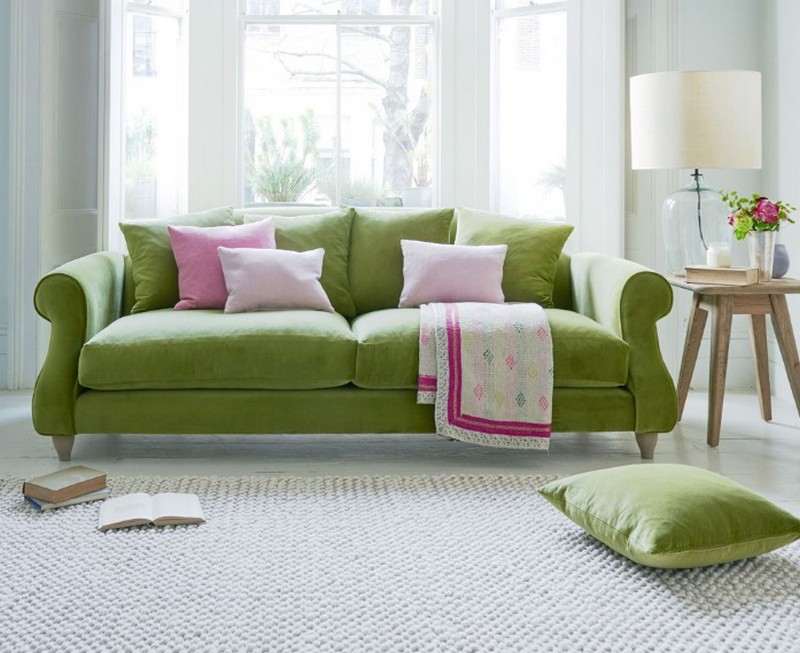
#3 Check the springs
There are various types of springs and the hand-tied springs are the best on its quality. The most comfortable sofa springs on the market are the eight-way hand-tied spring system. Other than that, it provides the most durable construction for your sofa even though it could be the most expensive option.
If you are looking for a more affordable option then you may opt for serpentine springs. Heavily weighted serpentine spring could be an affordable option without leaving the durability and comfort aspects. Otherwise, your sofa could get saggy if the serpentine is too lightweight and looks cheap.
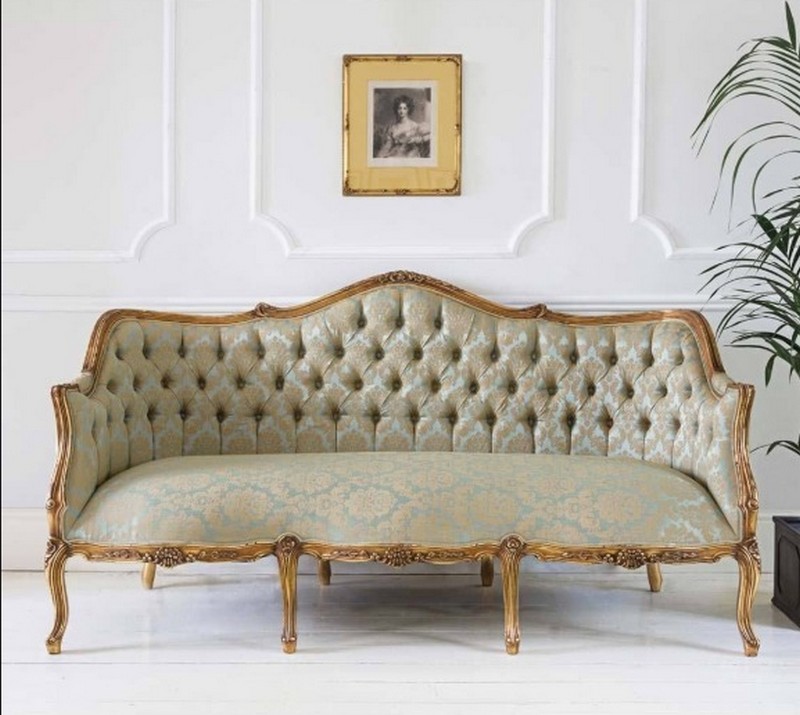
#4 Fillings are important
The most common filling that provides good durability and easy maintenance is polyurethane foam. However, you need to keep in mind that too dense foams could make the cushion feels hard. On the other hand, if the foam is too soft then it could get sag quickly.
For an economical option without leaving the comfortable option, you can try firm foams wrapped by polyester batting. If you are looking for something luxury then you can try high-resilient foams wrapped by down and feather. Besides long lasting, it provides lush and plumps.
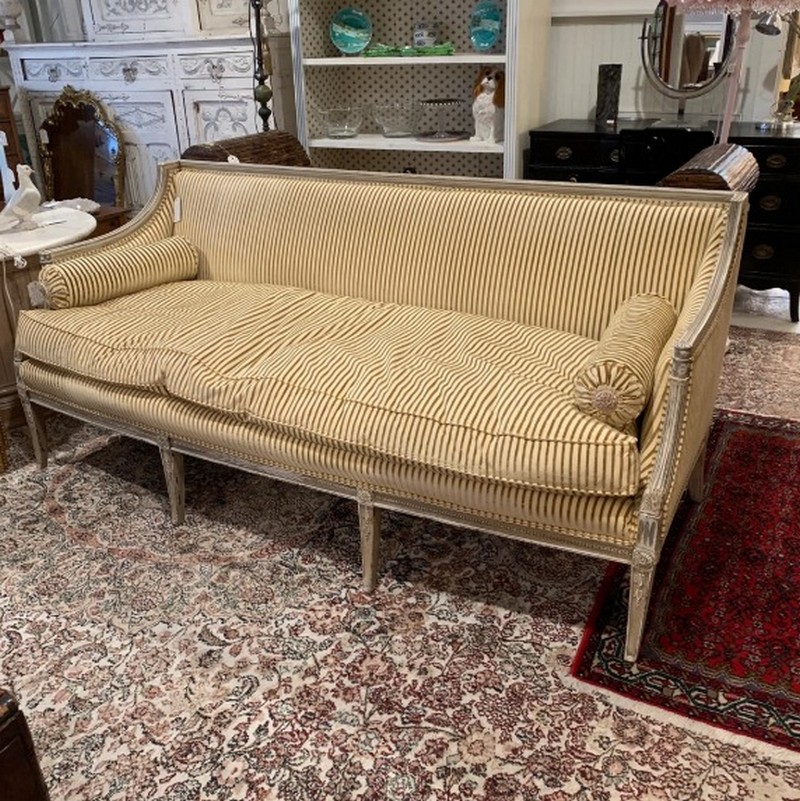
#5 The fabrics
It basically depends on the style you want to bring in your home. But you will get the most benefits from investing in sofas with leather, cotton, or linen fabric upholstery considering how classic it looks like. The other option might be microfiber fabric considering how easy it is to clean. If you are looking for a french sofa, you better look for the perfect fabric that matches your lifestyle.
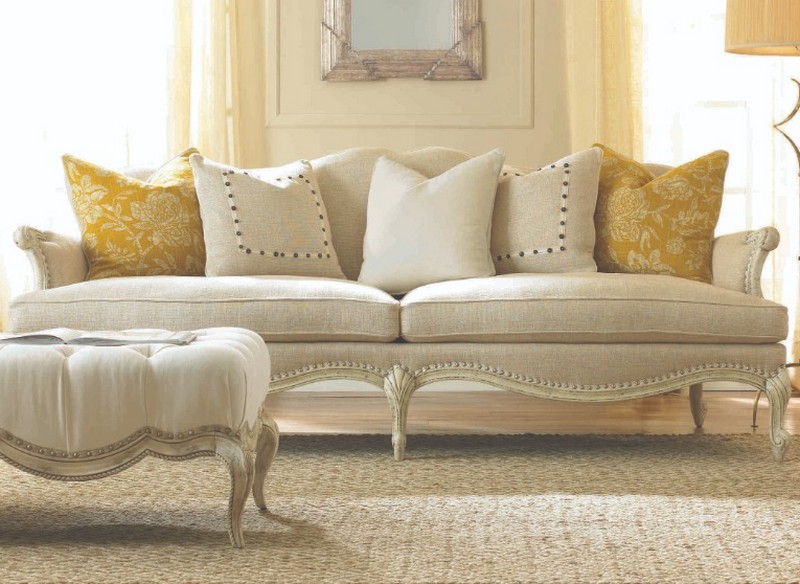
What is the Definition of a Sofa Frame?
The sofa’s frame is its fundamental structure, which determines its longevity, stability, and overall quality. A well-constructed frame not only enhances the sofa’s visual appeal but also ensures long-lasting comfort and support. This article explores different aspects of sofa frames, including the materials used, construction techniques, pros and cons, and more.
The Significance of a Sofa Frame
Basics of Sofa Frames
The sofa frame is crucial for several reasons. It provides the essential support needed for the sofa to withstand regular usage and weight without collapsing or sagging. A sturdy frame distributes weight evenly, safeguarding the sofa’s internal components and preserving its shape over time.
Moreover, the frame significantly influences the sofa’s comfort. A well-built frame offers a stable base for the cushions and upholstery, ensuring consistent comfort. Poorly crafted frames can lead to discomfort, causing the cushions to sink or shift unevenly.
Lastly, the frame contributes to the sofa’s long life. High-quality frames made from robust materials such as hardwoods or engineered woods can endure for many years, making the sofa a worthwhile investment. Conversely, frames made from inferior materials may deteriorate quickly, leading to expensive repairs or replacements.
Common Materials Used in Sofa Frames
Sofa frames can be constructed from various materials, each with distinct characteristics. The most prevalent materials used in sofa frames encompass:
– Hardwoods: Oak, Maple, Cherry, Walnut, Birch, Eucalyptus
– Softwoods: Pine, Spruce, Fir
– Engineered Woods: Plywood, MDF (Medium-Density Fiberboard)
– Metal: Steel, Aluminum
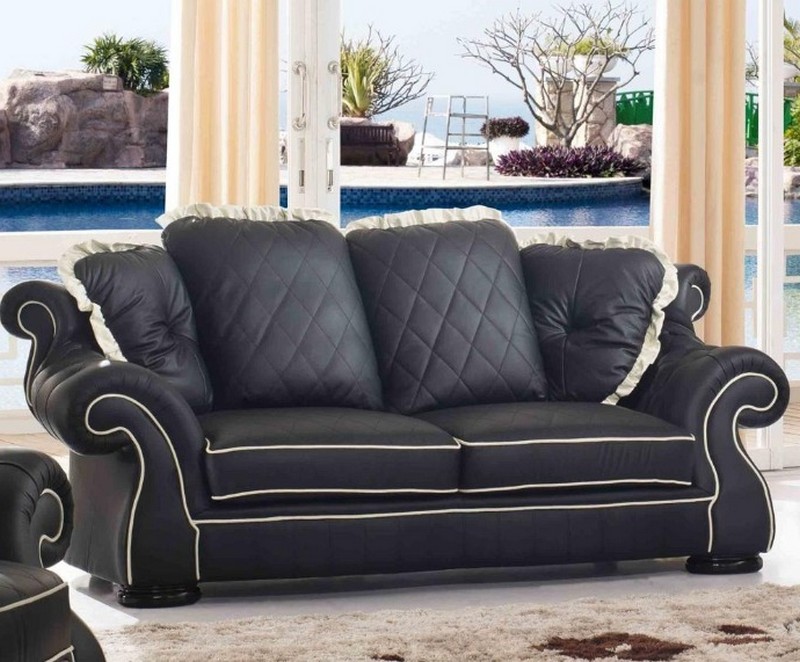
Advantages and Disadvantages of Different Frame Materials
Hardwoods
Oak
– Advantages: Oak is renowned for its robustness and durability. It possesses a unique grain pattern and warm color, enhancing the sofa’s appearance. Sturdy oak frames are perfect for high-traffic areas.
– Disadvantages: Oak is costly and heavy, which can elevate the overall cost of the sofa and make moving it more challenging.
Maple
– Advantages: Maple is strong, durable, and less expensive than oak. They have a sleek grain and a light hue, making them adaptable for various sofa styles.
– Disadvantages: Maple can easily get scratched and dented, and even though it’s strong, it’s not as durable as oak.
Cherry
– Advantages: Cherry wood is renowned for its elegant reddish-brown color and fine grain. As it ages, it gains a beautiful patina.
– Disadvantages: Cherry is expensive and softer than other hardwoods, making it prone to scratches and dents.
Walnut
– Advantages: Walnut offers a rich color and a fine grain, making it a top choice for luxurious sofas. It’s stable and less likely to warp or shrink.
– Disadvantages: Walnut is quite expensive and less easily accessible, making it less practical for budget-conscious consumers.
Birch
– Advantages: Birch is robust, lightweight, and economical. It’s a budget-friendly option for sofa frames in the middle price range.
– Disadvantages: Birch can distort if not adequately dried and is less durable than high-end hardwoods like oak and walnut.
Eucalyptus
– Advantages: Eucalyptus is strong, moisture-resistant, and sustainable. It has a fine grain and can be stained to replicate more expensive hardwoods.
– Disadvantages: Eucalyptus can be more expensive than other hardwoods and is less commonly used in furniture making.
Softwoods
Pine
– Advantages: Pine is cost-effective, lightweight, and easy to handle. It possesses a natural, rustic charm and can be finished in various ways.
– Disadvantages: Pine is less durable, more susceptible to scratches and dents, and can warp over time.
Spruce and Fir
– Advantages: These woods are cost-effective, lightweight, and easy to work with. They’re often used interchangeably with pine.
– Disadvantages: Like pine, spruce and fir are less durable and can warp, especially in humid environments.
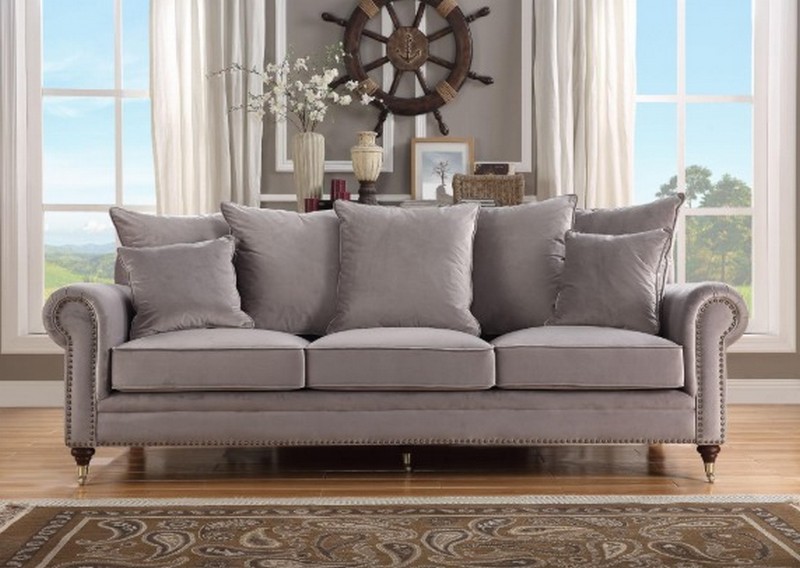
Engineered Woods
Plywood
– Advantages: Plywood is strong, stable, and cost-effective. It’s constructed from multiple layers of wood veneer and securely holds screws and nails.
– Disadvantages: Plywood may be weighty and doesn’t have the same natural attractiveness as solid wood. It’s also susceptible to delamination if exposed to moisture.
MDF (Medium-Density Fiberboard)
– Advantages: MDF is sleek, cost-effective, and easy to manipulate. It is commonly used for economical furniture.
– Disadvantages: MDF is less sturdy, can expand with exposure to moisture, and is heavier than certain solid woods.
Metal
Steel and Aluminum
– Advantages: Metal frames are highly durable and capable of withstanding heavy usage. They are resistant to warping and pests, providing a stylish, contemporary appearance.
– Disadvantages: Metal frames can be costly, heavy, and require additional padding for comfort.
Sofa Frame Construction Techniques
The method used to construct a sofa frame significantly impacts its longevity and quality. Common techniques include:
Kiln-Dried Wood
Selecting the appropriate material for a sofa frame is essential for ensuring the furniture’s durability, stability, and overall quality. Understanding the attributes, strengths, and weaknesses of different materials helps in making an informed decision that aligns with your requirements and budget. Whether you opt for the resilience of hardwoods, the affordability of softwoods, the versatility of engineered woods, or the modern aesthetic of metal frames, each option offers distinct benefits that contribute to the comfort and elegance of your sofa.
Ultimately, the choice of material for a sofa frame depends on your specific requirements, preferences, and budget.. By carefully weighing the pros and cons of each material type, as well as their durability, environmental impact, and construction techniques, you can choose the ideal material for your sofa frame, ensuring comfort, durability, and aesthetic appeal for years to come.
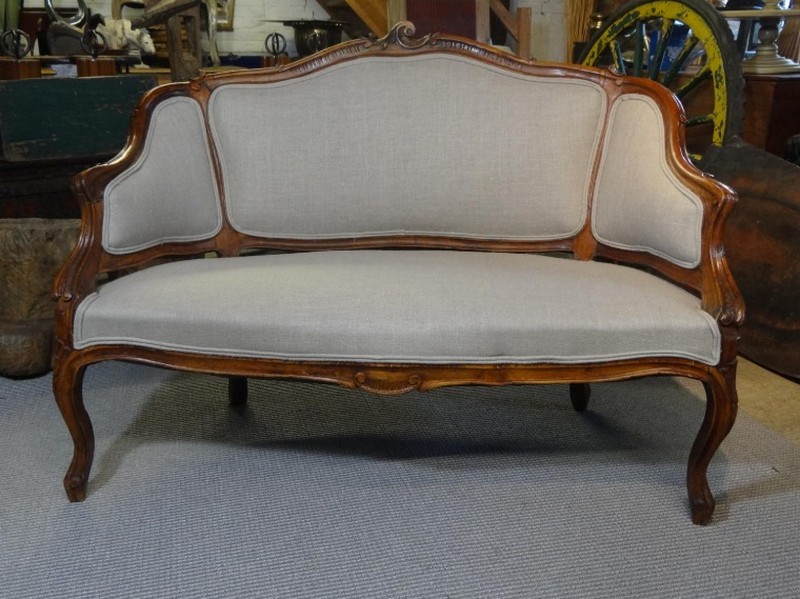
Furniture Springs and Their Functionality
In 1874, furniture springs were first incorporated into furniture. Springs aid in providing comfort in furniture. Even leather sofas incorporate springs. When the springs are well-constructed with appropriate cotton and padding, they offer great comfort and longevity.
The springs should not be overly compact, but they should be sufficiently dense to provide stability when someone sits on the sofa. There are 3 fundamental elements that constitute an ideal sofa.
The base and foundation of the sofa is the wood. The wood forms the core of the sofa. It is linked to the microfibers that constitute the material, also referred to as the leather of the sofa. If anything happens to the wood, the sofa will sustain damage. The finest sofas typically utilize the strongest, heaviest wood, but can also work effectively with built-in spring technology.
The springs are a crucial component of the sofa. They are usually positioned near and above the wood at the base. The springs in a sofa have a wide diameter. The wide diameter is necessary due to the width of the sofa and the pressure exerted on it when someone sits. The springs prevent the wood from breaking and simultaneously enhance the comfort of the furniture.
Atop the springs and wood is a layer of cotton padding. Some furniture companies may not use cotton padding, opting for alternative soft fibers to maintain the comfort of the furniture. Atop the padding lies the seat cushion. Seat cushions are typically filled with the finest variety of cotton. The cotton in the seat cushions, placed atop the coiled springs, contributes to the superb quality of the sofa.
These constitute the fundamental aspects of comprehending furniture production. The quality of the furniture generally hinges on the manufacturer’s quality. Superior manufacturers typically employ top-notch coiled springs and premium materials available in the market.
Types of Springs Used in Furniture
You probably haven’t pondered much about your furniture’s support system. Most individuals only pay attention to the seat support system of their sofa, chair, or couch when it begins to deteriorate.
You may have observed that your sofa has become progressively less comfortable to sit on over time—this wear and tear is due to the springs and support system of the sofa.
But what precisely comprises the seat of a furniture piece, and what renders each system responsive and supportive? Are all spring systems identical, or are there superior spring designs? How can I guarantee that I obtain the finest seating support for my furniture needs?
Many furniture retailers have been in the furniture business for more than half a century and have encountered various types of springs and support systems used in furniture. They have responded to numerous inquiries concerning how different springs can impact the comfort of a specific piece of furniture, and they aim to share their expertise with you!
This guide will discuss the most commonly employed spring systems in furniture seating and assist you in gaining a better understanding of the level of comfort each design offers. After perusing this guide, you will possess more knowledge about each seating style and be better equipped to make an educated decision regarding your next living room furniture purchase.
Why Do Manufacturers Utilize Springs?
Manufacturers incorporate springs into sofas for multiple purposes, with the primary aim being comfort and support. The era of stiff, flat surfaces on most living room furniture is a thing of the past, and modern cushions are supported by systems that provide them with support without being excessively rigid and uncomfortable.
Comfort, longevity, and cost are the primary factors driving the utilization of various spring types in furniture. This is why certain sofas are more budget-friendly than others and why some higher-end sofas offer greater support and comfort.
Springs are designed to withstand the impact of everyday usage over several years, whether you are sitting, reclining, or occasionally demonstrating unexpected activity when your toddler believes you are not observing. By using the appropriate springs for daily household use, you can be certain that your sofa or armchair will endure the daily wear and tear caused by you and your family.
Different spring varieties can influence the level of support you experience when seated. You may already be aware that certain sofas are designed to be deeper and feel “fluffier” than others, which can be a decisive factor in your purchase. No one desires to sit on a couch or sofa that feels uncomfortable to them.
Many companies measure their springs using the term “gauge.” This gauge measures the number of wires that can fit into one inch of steel. Different companies utilize different gauge measurements, but it is crucial to remember that a lower gauge implies superior quality support.

What Types of Springs Are Employed?
The three most prevalent springs you will encounter in furniture showrooms are coil springs, sinuous springs, and Pirelli webbing. Each of these spring systems boasts its own advantages and drawbacks, and we will outline the pros and cons of all three types here.
- Eight-Way Hand-Tied Coil Springs
One of the finest coil springs currently available on the market is the 8-way hand-tied coil spring. Brands such as Smith Brothers in Berne, Indiana, utilize this coil spring system. With this system, a series of coil springs are hand-tied into a secure position, providing an extraordinary level of resilience and forming a supportive, comfortable surface.
Suppose you desire the utmost comfort and the meticulous attention to detail typically absent in many mass-produced furniture items. In that case, a hand-tied coil spring system will furnish you with a sofa or sectional that delivers enduring support and comfort.
Because this approach represents one of the finest support systems available, the hand-tying process is more time-consuming, and coil spring support systems are a pricier option compared to other springs.
Moreover, certain sofa frames may lack the necessary depth to support a coil spring system, rendering this option unsuitable for some consumers. Nevertheless, if you are seeking the best support and can afford to invest in top-quality support, this is the ideal choice for you.
- Sinuous No-Sag Springs
The most prevalent springs found in upholstered furniture are the “no-sag” sinuous wire spring systems. They are easily identifiable, and most can be felt when you lift the cushion and touch the bottom of the couch or chair.
When shopping for furniture with this spring system, it’s beneficial to seek out higher quality steel and closer spring spacing. Cheaper sofas tend to use thinner gauge steel and space their springs further apart in order to reduce costs for consumers.
For individuals seeking comfort on a budget, the sinuous wire spring system is ideal. It utilizes less material, resulting in a more affordable piece of furniture while still maintaining the expected level of comfort for customers.
No-sag springs of higher quality are cross-tied, which enhances the strength of the support system and reduces the likelihood of failure. Some companies, like England Furniture, utilize coil springs beneath for additional support, resulting in a firmer feel.
For those looking for a good balance of quality and affordability, investing in no-sag springs is a wise choice. The sinuous wire spring system offers support while sitting and is durable over time.
- Pirelli Webbing
The Pirelli webbing spring system serves as a durable upper strap suspension system that provides support under the couch cushion without the bulk of other spring systems. Produced by the Pirelli Tyre company, which has been operating in Italy since 1972, Pirelli webbing is durable, cost-effective, and easy to assemble.
Over time, the webbing may show signs of sagging; however, Pirelli webbing is one of the easiest webbing systems to repair. Due to its simple design, an upholsterer or an individual with the patience and willingness to learn can quickly repair or replace a sagging webbing system.
The quality of the rubber directly impacts the resilience of the webbing, so it’s important to ensure that you are getting the best quality webbing support. The longer your support system lasts without needing replacement, the better your investment will be.
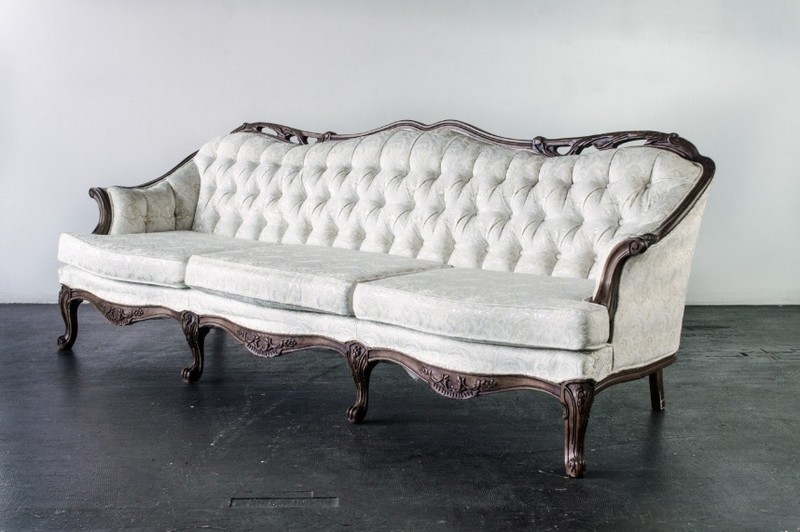
What Is the Best Way to Identify Suitable Spring Systems for My Needs?
Remember, the couch cushion isn’t the sole source of seating comfort. Coil springs and cushions collaborate to establish a comfortable and supportive seating arrangement that conforms to your body. It’s crucial to discover the optimal seating solution for your specific preferences.
So how can you determine which seating systems are used in the sofa, loveseat, or sectional you’re considering? There are several ways to obtain this information while on the showroom floor.
If the furniture has any type of tag, you may be able to discover the spring system used from the tag. If this information isn’t found on a sales tag, reach out to an available sales associate. Most knowledgeable sales experts possess this information or know where to find it.
If other methods fail, you can investigate for yourself by lifting the cushions and examining the section beneath them. With a bit of intuition, you can quickly discern which spring system is being employed.
Furthermore, with the assistance of a sales expert, you can inspect the system for yourself by requesting the associate to pull back the seat decking so you can visibly identify the type of spring system being used.
Ready To Find The Right Springs For Your Living Room Seating?
The world of furniture springs may seem daunting and perplexing; however, armed with knowledge about the types of springs and their usage in furniture, you can better comprehend the available quality and what to seek out for your ideal furniture fit.
Keep in mind that eight-way hand-tied coil systems are the optimal choice and provide a customized level of support. Also, remember that sinuous “no-sag” coils are the most common type of support system, and Pirelli webbing is a secondary support system crafted from supportive rubber straps.
Learning about spring systems in living room furniture may be intriguing, but the only way to determine which support system is best for you is to experience them firsthand.
